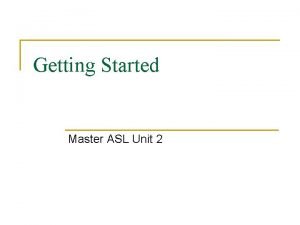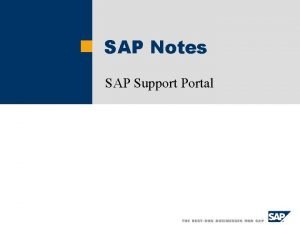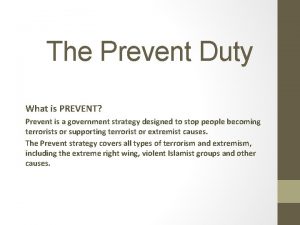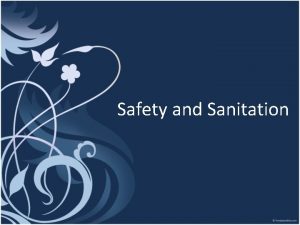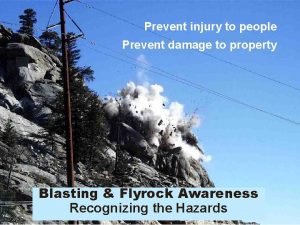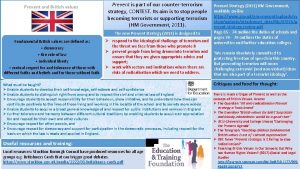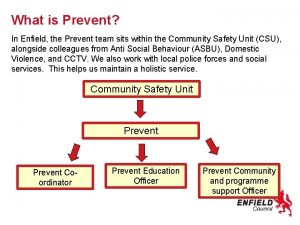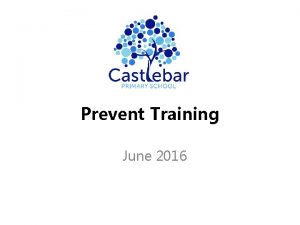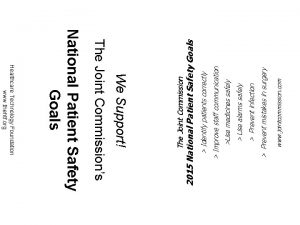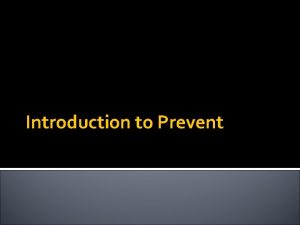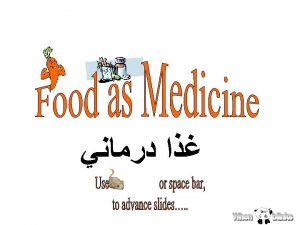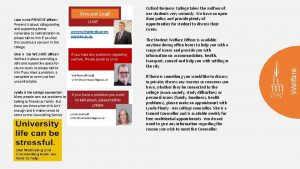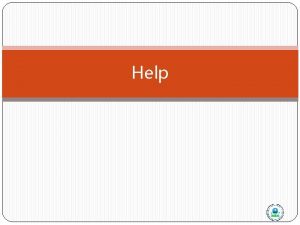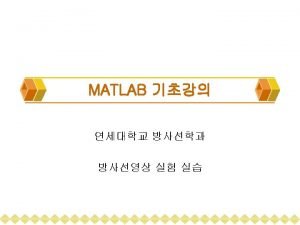Sanitation Notes Sanitation SanitationFollowing practices that help prevent

















- Slides: 17

Sanitation Notes

Sanitation Sanitation-Following practices that help prevent disease. Microorganisms-Tiny living creatures visible only through a microscope. Food-Borne Illnesses- Caused by bacteria or toxins (poisons produced by bacteria). They may also be caused by parasites (organisms that get their nutrients from other living organisms).

Personal Hygiene-What is it? Keeping yourself clean; do not introduce harmful microorganisms. 1. Wear clean clothes/apron. Spots/stains can have bacteria in them. 2. Remove dangling jewelry, roll up long sleeves, tie back long hair. 3. Wash hands for 20 seconds with soap and warm water.

Personal Hygiene Cont. 4. Wound-wear clean bandage & rubber glove. Treat glove like skin-wash often. 5. Wash hands immediately after using bathroom/blowing nose. 6. Do not cough/sneeze into food. 7. Don not touch face, hair or any other part of your body while working with food; stop and wash.

Sanitary Work Methods: 1. Check for clean work areas & make sure equipment is clean before preparing food. 2. Avoid cross-contamination (letting microorganisms get from one food to another). 3. Use plastic cutting boards (especially for meat); wood type can trap bacteria.

Sanitary Work Methods cont: 4. Wash the tops of cans before opening. 5. Use a clean spoon each time you taste food during food preparation. 6. Keep pets out of kitchen. 7. Keep two towels-one for hands, one for drying dishes. Air drying dishes is preferred.

Clean Up Appliances 1. Food Waste Disposal/Garbage Disposal-Use plenty of cold water, small amounts at a time, avoid fibrous foods (broccoli etc). 2. Dishwasher- Make sure full, small loads waste water and energy.

Washing Dishes by Hand 1. Wash dishes in this order: Glasses, Flatware, dishes, kitchen tools and cookware. 2. Water should be this hot: Hot enough to remove grease, not hot enough to burn hands. 3. Rinsing dishes: Rinse in hot water; Air dry dishes or use clean, dry dish towel.

Guidelines for Handling Food 1. Cook food thoroughly, proper internal temperature, avoid partial cooking. 2. Completely cook animal foods before tasting (natural juices run clear not bloody). 3. When microwaving, make sure food is thoroughly cooked. 4. Do not leave food out for more than 2 hours (1 hour if the temperature is above 90 deg. F).

Guidelines for Handling Food 5. Keep extra food either hot or cold. 6. Do not add more food to a serving dish of food that has been out for a while, instead use clean dish. 7. Throw away foods that have been held at room temperature for 2 hours. 8. Refrigerate foods in shallow containers. 9. When reheating refrigerated food, internal temperature should be 165 deg. F. to kill bacteria (If food has not been properly stored, it cannot be made safe just by reheating).

Ways to Thaw Food Safely 1. Place frozen food in refrigerator 2. Put frozen food in water-tight package & submerge it in cold water. 3. Use a microwave for defrosting; follow manufacturer’s directions; foods thawed this way should be cooked immediately.

Food-Borne Illnesses 1. Salmonella-found in raw or undercooked poultry, meat, eggs, dairy products. *fever, diarrhea, cramps, appear 12 -36 hours after eating; lasts 2 -7 day. 2. Staph-found on human skin, in the nose, in the throat. *nausea, vomiting, diarrhea appear 2 -4 hours after eating; lasts 1 -2 days. 3. E. Coli- found in contaminated water, raw or rare ground beef and unpasteurized milk. *cramps, diarrhea, vomiting appears 3 -9 days after eating; lasts 2 -9 days.

Food-Borne Illnesses Cont. 4. Perfringens Poisoning- found in food that has been held at room temperature or on a steam table for long periods of time; stews, soups, casseroles. *diarrhea, gas pains appear 8 -24 hours after, lasts 1 day. 5. Botulism-found in improperly canned foods; OFTEN FATAL, causes double vision, difficulty in speaking, swallowing and breathing. *appears 12 -48 hours after eating

The Food Danger Zone: The temperature in which bacteria thrive 40 degrees F-140 degrees F

How to Do the Heimlich Maneuver The Heimlich Maneuver® for CHOKING ADULTS A choking victim can't speak or breathe and needs your help immediately. Follow these steps to help a choking victim: From behind, wrap your arms around the victim's waist. Make a fist and place thumb side of your fist against the victim's upper abdomen, below the ribcage and above the navel. Grasp your fist with your other hand press into their upper abdomen with a quick upward thrust. Do not squeeze the ribcage; confine the force of the thrust to your hands. Repeat until object is expelled. UNCONSCIOUS VICTIM, OR WHEN RESCUER CAN'T REACH AROUND VICTIM: Place the victim on back. Facing the victim, kneel astride the victim's hips. With one of your hands on top of the other, place the heel of your bottom hand on the upper abdomen below the rib cage and above the navel. Use your body weight to press into the victim's upper abdomen with a quick upward thrust. Repeat until object is expelled. If the Victim has not recovered, proceed with CPR. The Victim should see a physician immediately after rescue. Don't slap the victim's back. (This could make matters worse. )

If you need to Fight a Fire: Remember the word PASS P= Pull the Pin A= Aim low. Point the nozzle at the base of the fire. S=Squeeze the handle, releases the agent. S=Sweep from side to side at the base of the fire.

How to Wash Dishes: 1. Scrape Plate 2. Rinse if needed 3. Stack, in Stacking order 4. Fill sink with hot, soapy water 5. Wash in order 6. Rinse in hot water 7. Dry with a clean towel. *Use hot water, change if necessary!
 Tìm vết của đường thẳng
Tìm vết của đường thẳng Sau thất bại ở hồ điển triệt
Sau thất bại ở hồ điển triệt Thơ thất ngôn tứ tuyệt đường luật
Thơ thất ngôn tứ tuyệt đường luật Hãy nói thật ít để làm được nhiều
Hãy nói thật ít để làm được nhiều Thơ thất ngôn tứ tuyệt đường luật
Thơ thất ngôn tứ tuyệt đường luật Tôn thất thuyết là ai
Tôn thất thuyết là ai Ngoại tâm thu thất chùm đôi
Ngoại tâm thu thất chùm đôi Chiến lược kinh doanh quốc tế của walmart
Chiến lược kinh doanh quốc tế của walmart Gây tê cơ vuông thắt lưng
Gây tê cơ vuông thắt lưng Block av độ 2
Block av độ 2 Periodic service contract
Periodic service contract I m being oppressed
I m being oppressed Helper chapter 1
Helper chapter 1 My mother makes me chicken poem
My mother makes me chicken poem Self help and community help is the motto of
Self help and community help is the motto of Help us help you
Help us help you Asl unit 2
Asl unit 2 Sap note portal
Sap note portal
















